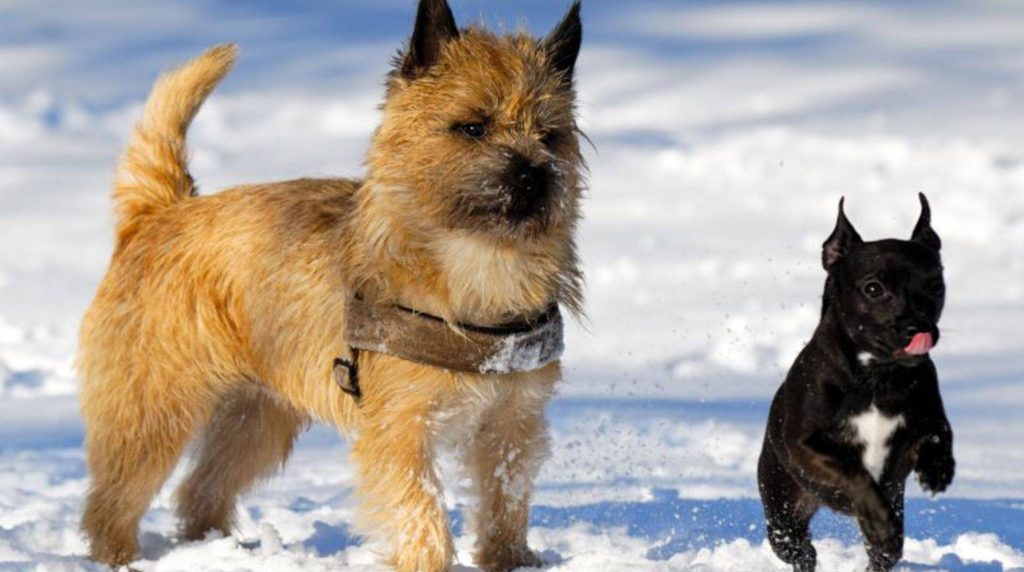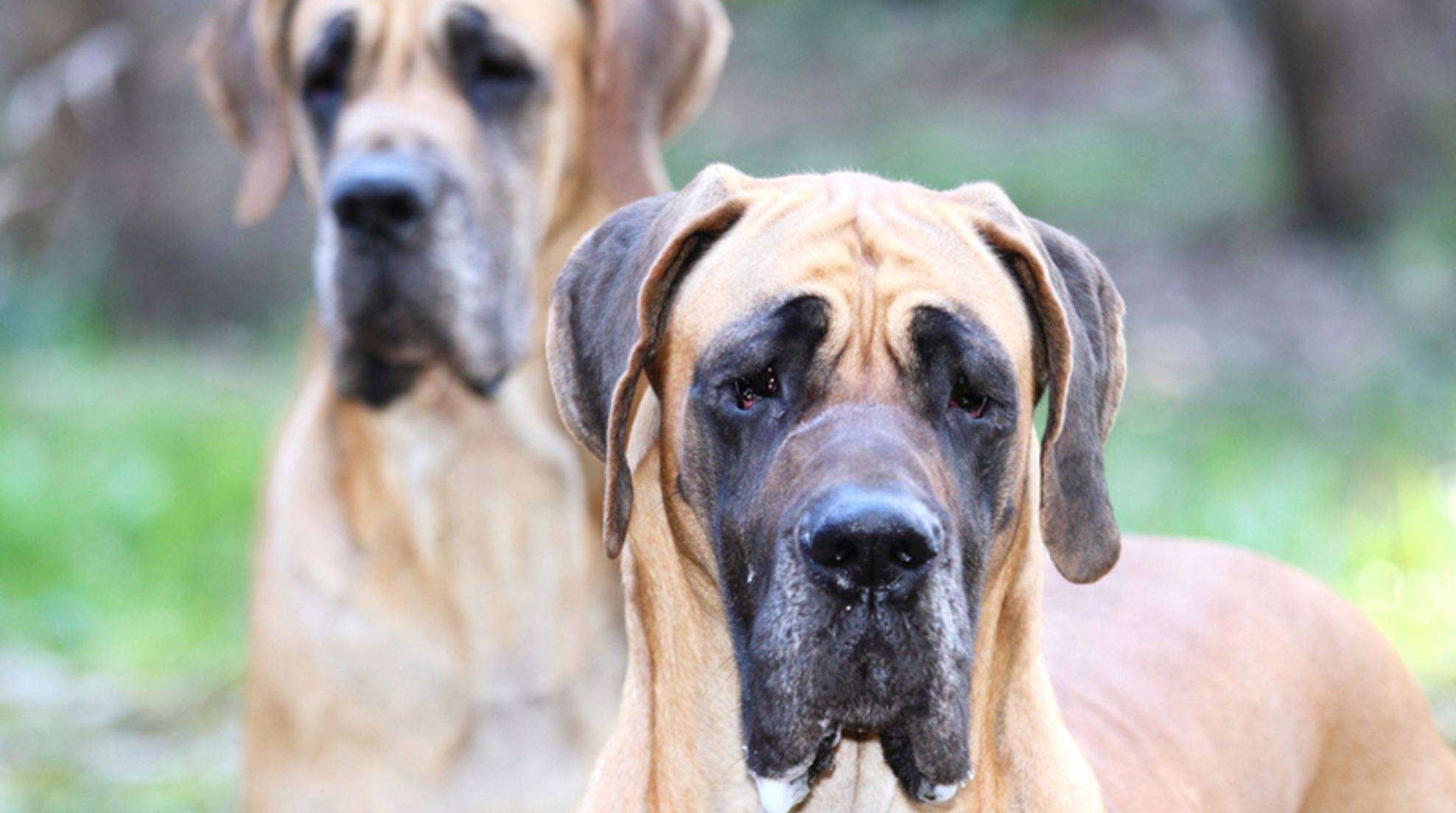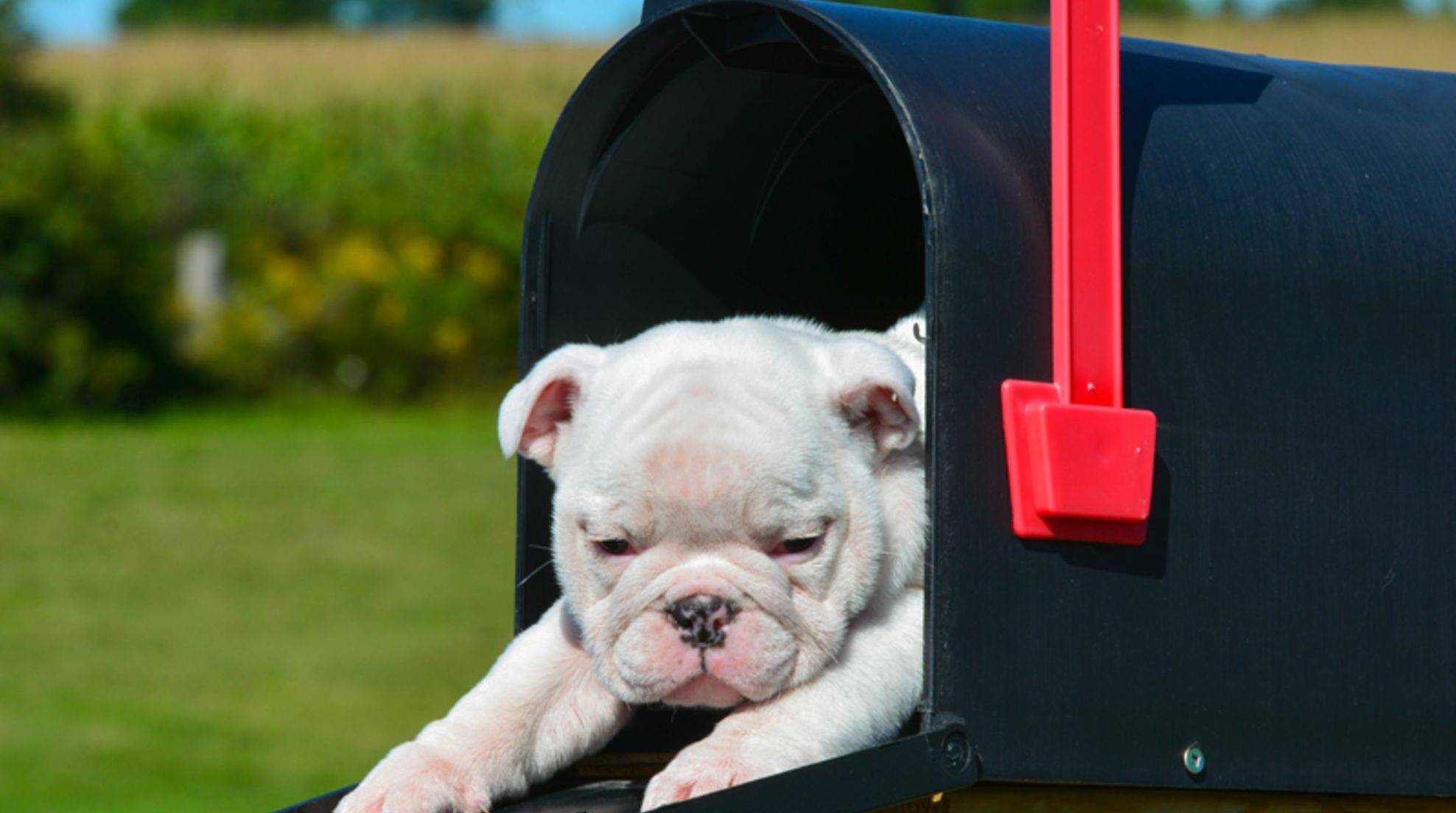Dog walking in winter: Tips against freezing
When four-legged friends freeze during a dog walk in winter, it can be very unpleasant for the pelt-noses. However, with a bit of preparation, you can make the dog walk in sub-zero temperatures pleasant, even for sensitive four-legged friends.
A standard dog walk in the cold winter usually puts the master more than his dog. After all, our four-legged friends have thick dog fur and move much more and faster than we do. Nevertheless, it can happen that dogs freeze.
When it’s too cold for a dog walk in winter
If your pet is cold, you will notice it quickly. If he shivers, adopts a tense posture, and presses up against your leg or other potential sources of warmth, he’s cold, and it’s time to turn back and head for the warm. Dogs that start to freeze quickly include small or very slender animals due to their breed, such as greyhounds. Very young and ancient dogs, sick or shorn animals, and four-legged friends with skinny coats or of southern origin are also often sensitive to cold and should be protected when temperatures drop.
Dog clothing against freezing in winter
If your dog is constantly freezing, you should think about winter clothing and treat him to a dog coat, for example. You can find more on the subject in the guide “For cold days: winter coat for dogs.” A dog sweater can also protect the sensitive parts of your dog’s body, such as the belly region. Keep in mind that dog clothing is not suitable for every four-legged friend. Therefore, it is better to consult with your veterinarian if unsure whether this measure is correct. See the guide “Dog clothing in winter: Sensible or not?”
Before and after the dog walk in winter
Almost all dogs enjoy free running in winter just as much as any other time of year. However, if your four-legged friend is not at all in the mood for extended walks or it is highly uncomfortable outside, you can, of course, keep the tour a little shorter. A healthy, robust dog will also be happy if you don’t turn up the heating on his basket too high because it will be too warm for him with his winter coat.
And one more thing is essential to keep your dog warm in the winter: Regular brushing removes dead, loose undercoats from the fur. Among other things, this undercoat prevents a new, practical coat from growing back. By the way, don’t bathe your dog too often in winter, as this minimizes the skin’s natural greasy layer, which deprives the furry nose of additional protection against the cold. Instead, dry your dog with a towel if he has gotten wet outside, and be sure to remove any ice clumps and snow dirt that may have gotten stuck between his pads.








